What is a child-friendly paint?
Introduction
Creating a safe and healthy physical environment for children is essential for their development and well being, this demands families with small children to be more careful and proactive towards what products to bring in their living environment.
Children are among the most at risk groups of chemical exposure emitted by conventional paint products, with early exposure potentially leading to some development disorders and development of chronical diseases. Thankfully, understanding of health risks, which are related to the air pollution, improves and the availability of safer and healthier paint products increases.
To better explain the dangers of childhood exposure to chemicals emitted by paint, this post will discover:
- What is a child-friendly paint;
- Why is it important to consider and choose a child-friendly paint;
- How to recognize a child-friendly paint.
What is a child-friendly paint and why is it important to choose it?
Thinking about a “child-friendly” paint product it is expected that it will be safe in use and it will not have any harmful effect on healthy development of children. Therefore to further define and understand what a child- friendly paint involves, it should be explored, which of the paint ingredients are unsafe and potentially harmful to children and how exposure to the chemicals emitted by paint can affect development of children, especially early in their life.
Conventional paints contribute to the indoor air pollution and, taking into account the fact that people tend to spend more time indoors, the combined effects of multiple indoor air pollutants are linked to serious health effects, with children and pregnant women being among the most vulnerable groups.
Children are at risk due to multiple factors:
- they are more exposed as they weight less that adults,
- they are in the sensitive early stages of their their physical and mental development,
- they are highly curious and often explore their environment orally,
- their bodies have lower ability to naturally detoxify,
- they do not have a blood-brain barrier protecting the nervous system from chemicals entering through the bloodstream (a).
Chemicals emitted by paints that are harmful to children:
- Volatile organic compounds (VOCs)
VOCs are gaseous compounds released by a variety of consumer products, including paints. Many VOCs exhibit acute and chronic toxicity in people and early exposure to certain VOCs may increase the risk for birth defects, neurocognitive impairment, asthma, and cancer (b).
- Propylene glycol and propylene glycol ethers (PGEs)
PGEs are widely used in water-based paints and varnishes because they are considered to emit less fumes and have a lower volatility than solvent - based paints. Recent studies provide conflicting information suggesting that EPGs are among most dangerous VOCs, being linked to development of children's allergies and asthma (c; d).
- Biocides
Biocides are chemical agents added to the paint products to inhibit the growth of bacteria and other pernicious organisms, including fungi during the in-can and dry film stages. Hazardous biocides added to the paint products include isothiazolinones (linked to severe dermatitis and impairment of pulmonary functions) and formaldehyde (a known irritant, carcinogen and endocrine disruptor) (e).
- Lead
Lead is harmful to the children and even pregnant women can pass it to their unborn babies. Although lead-based paints are banned in most countries and scarcely available, they were widely used for a significant period of time and still could be present in many homes and environments as they gradually deteriorate and combine with water or dust particles. The dust can be ingested or inhaled by children, further accumulating in the body and potentially causing health problems.
Lead is a known neurotoxin associated with multiple health issues including developmental delays, lower cognitive function, attention deficits, poor executive function, learning disabilities, neurobehavioral effects. Lead can cause anemia and can affect bone growth, kidney function and immune competency (f; g).
It can be summarized thus: Health risks of early exposure to chemicals emitted by the paint products include congenital anomalies or birth defects, rhinitis, asthma, pneumonia, and even several forms of cancer including childhood leukemia (b; c; d; e; f; g; h).
Recognizing a child friendly paint
Purchase of the safe and sustainable paint can be confusing as paint containers are often decorated with misleading titles and lack full list of ingredients. As families with young children become aware of the hazardous chemical profile of conventional paints, it becomes easier to recognize specific compounds to avoid - VOCs, formaldehyde, biocides, PGEs, heavy metals and lead. There are numerous labels in the market that indicate to the consumers that the paint products having these labels meet certain requirements regarding their quality and safety, therefore empowering people to make informed choices for the well-being of their family.
Label |
About |
Requirements for label |
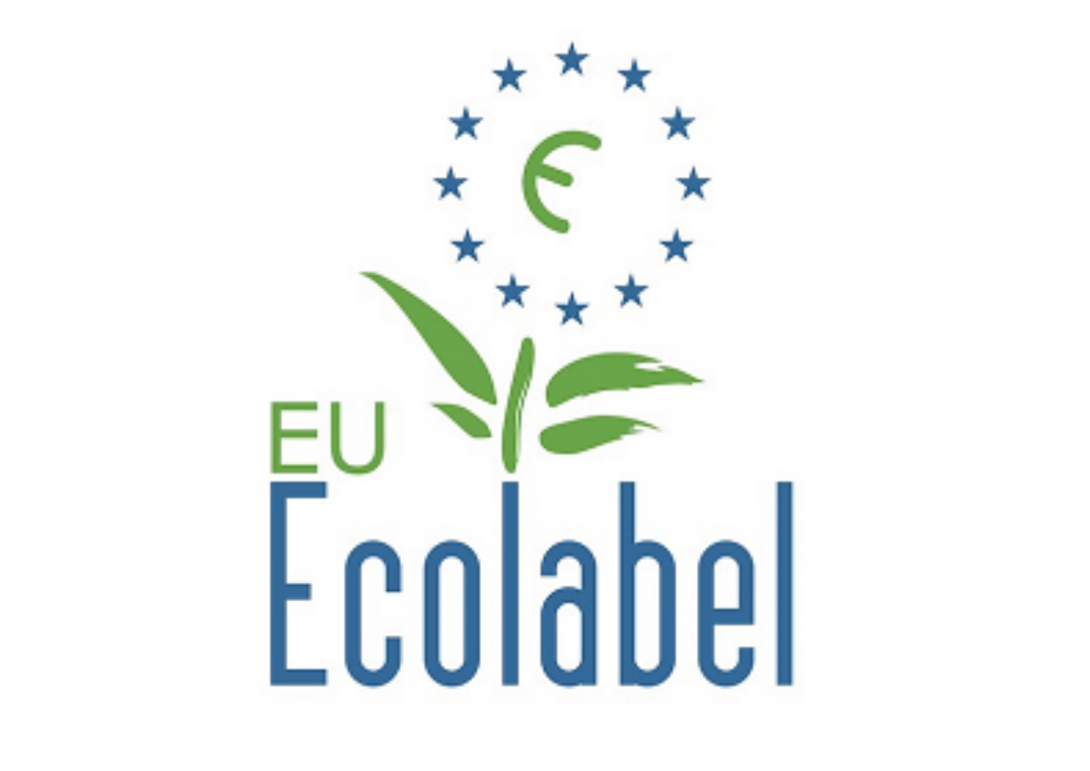 |
Intended to enable consumers to identify more environmentally friendly and healthier products |
|
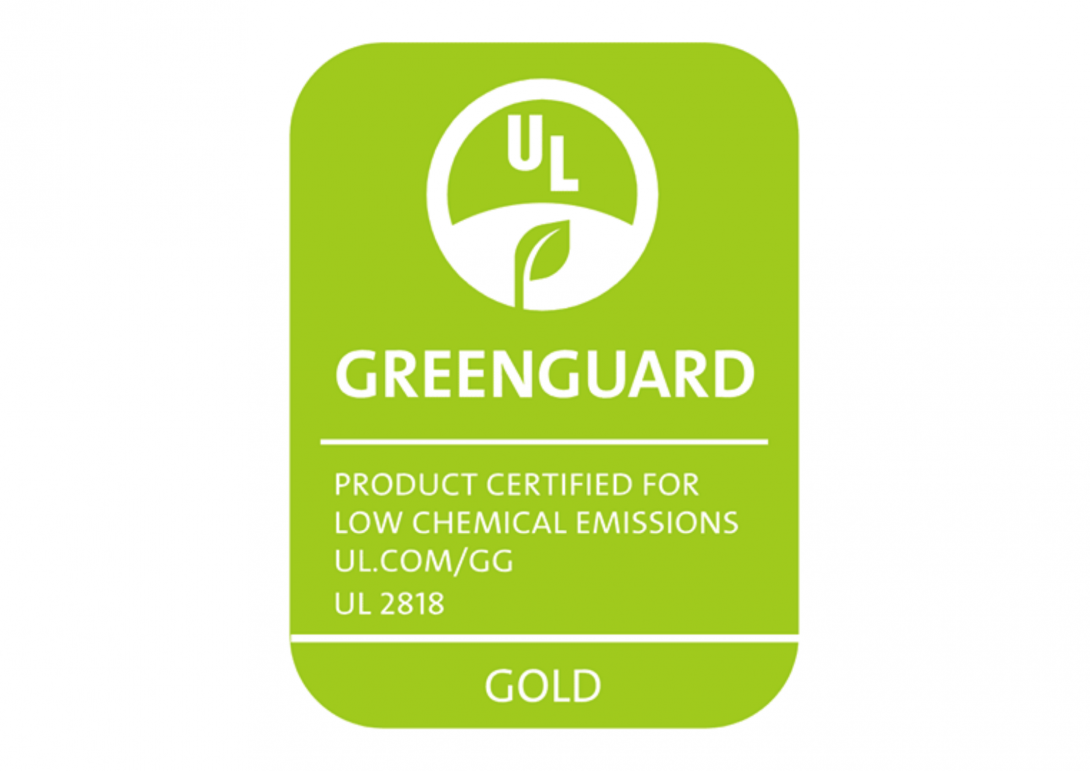 |
Helps to create and identify products and materials that have low chemical emissions into indoor air during product usage. |
|
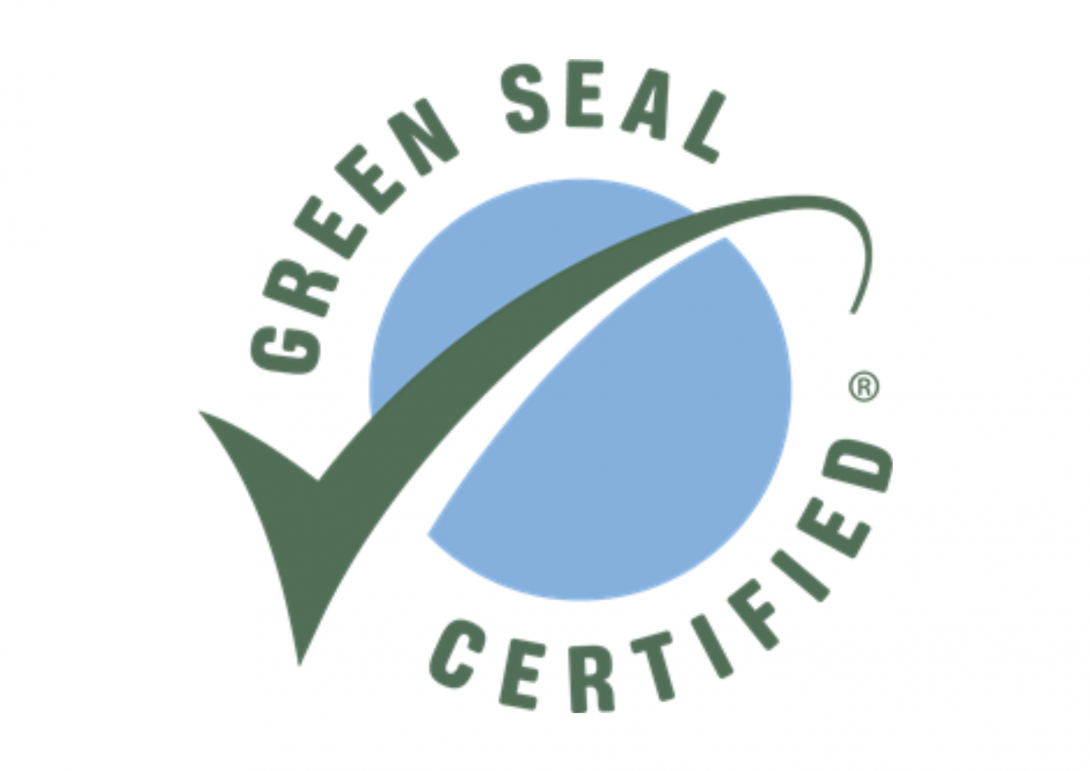 |
Identifies paints and coatings that are verified as safer for the human health and environment in comparison to the similar products, while not compromising product performance. |
|
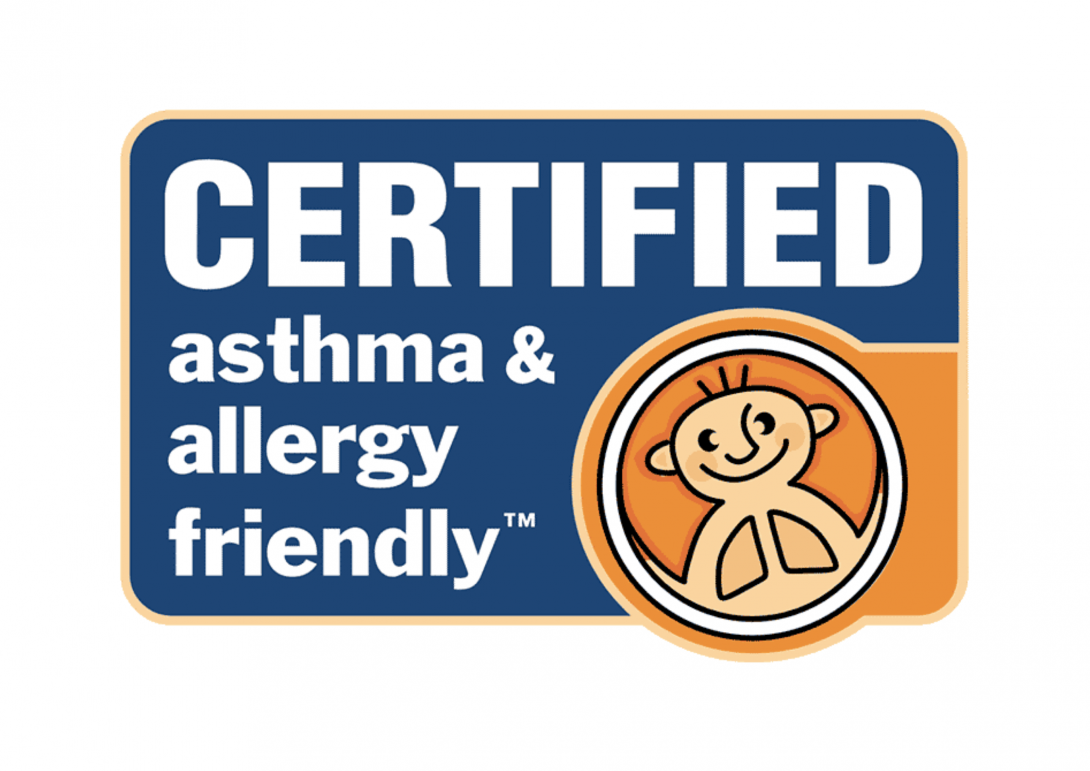 |
Identifies paints and coatings that are more suitable for people with asthma and allergies. |
|
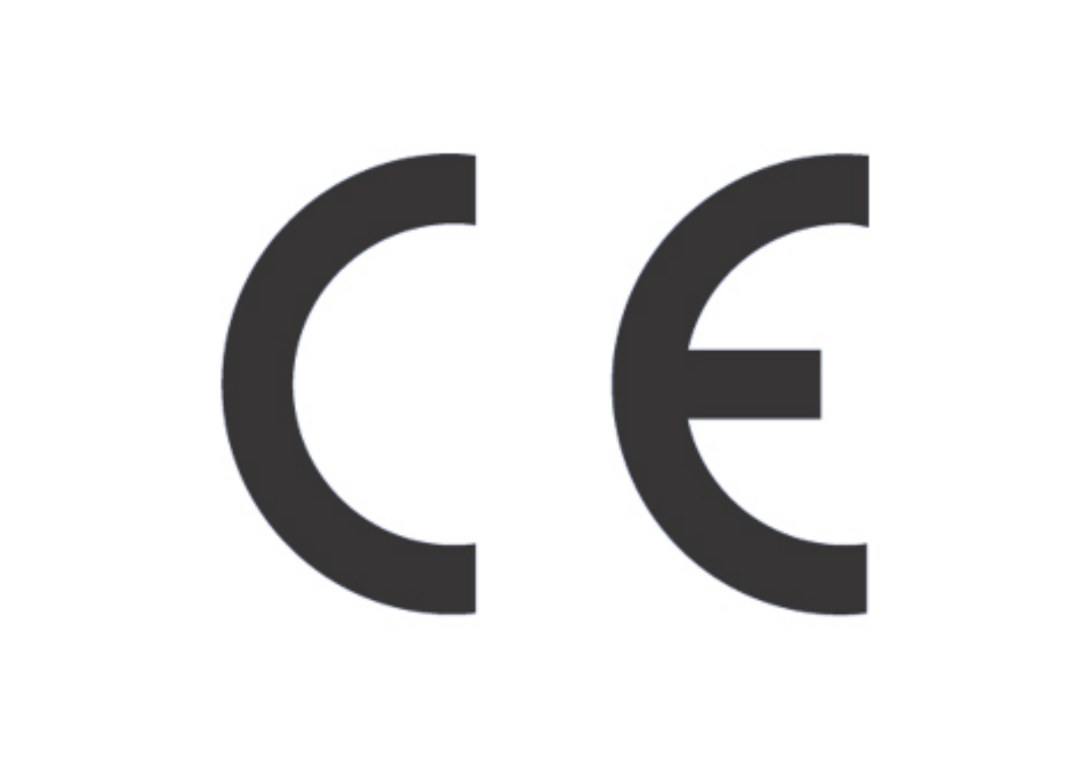 |
Regulations regarding coatings for articles and toys intended for use by children. |
|
References:
Closing
- Children are very susceptible to the harmful effects of pollutants in their environment, due to the sensitive early stage of their physical development.
- The conventional paints are generally not child-friendly due to the presence of harmful chemicals, such as VOCs, PGEs, biocides and lead. Therefore it is strongly recommended to choose the paint products that are free from these compounds to insure the health and safety of pregnant women and young children.
To help parents make safer choices for their children, multiple certification programs have been developed providing recognizable labels indicating that the paint products meet certain safety and quality criteria.
Author: written by Anse Romančuka, edited by Linda Kikuste





 Facebook
Facebook

 Linkedin
Linkedin

 Google
Google